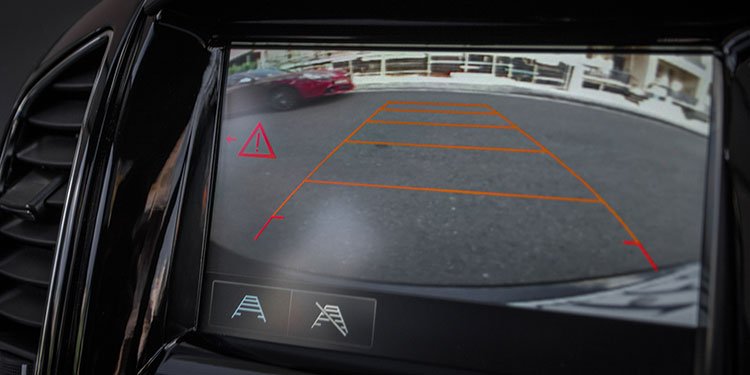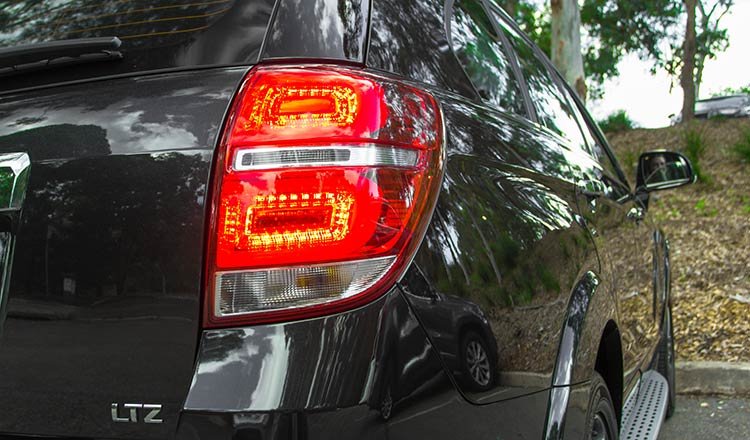It can be hard to keep up with it all and know which features you should be looking for. While you may find rear-view cameras and parking sensors relatively common, the newer and more involved the technology, the more you’re likely to pay – particularly if it’s only available as an optional extra.

The safety features in a car can be split into three broad categories; passive safety features, active safety features and driver assistance technology.
Essentially, passive safety features are those that help to protect the occupants in the event of a crash, like airbags, seat belts and crumple zones. Active safety features will monitor the driving environment and jump in to help prevent a crash or reduce the severity of it. These systems have the ability to exert a specific amount of control over the vehicle, including electronic stability control, anti-lock braking, autonomous emergency braking, forward collision warning and lane departure warning.
Driver assistance technology is the broadest category, including all the features that help the driver scan and identify potential issues on the road. Features like auto-headlights, rear-view camera, rear cross-traffic alert, blind-spot monitoring, driver fatigue monitoring fall into this space.
Rear cross-traffic alert is relatively new and works in a different way to parking sensors. Rear-view cameras and parking sensors are a huge help for drivers, helping increase visibility in tricky situations.
The 2016 Holden Captiva LTZ comes standard with rear cross-traffic alert and has radar sensors located in the rear corners of the vehicle. They scan for approaching traffic to the left and right.
If you’re backing out of a narrow driveway in between big buildings or parked between two large vehicles, the rear cross-traffic alert system can literally see around the corner for you.
The radar sensors don’t scan directly behind the vehicle, if a moving obstacle is already behind you, the system’s sensors won’t recognise it. A driver using rear cross-traffic alert should use it in collaboration with the rear view camera, mirrors and good old fashioned head-turning to ensure full awareness of the surroundings before moving the vehicle.

When you pop the car into reverse, as well as activating the rear view camera and parking sensors, it will also activate rear cross-traffic alert. If anything is detected an icon will flash up on the media screen, with an arrow pointing in the direction of the oncoming hazard. It will also sound an audible alert, in the case of the Holden Captiva system it sounds three identical beeps.
Parking sensors scan the area directly around the car for close-range obstacles and the visual and audible warnings are different to rear cross-traffic alert.
The Carousel thanks Tegan Lawson from Car Advice for this article







